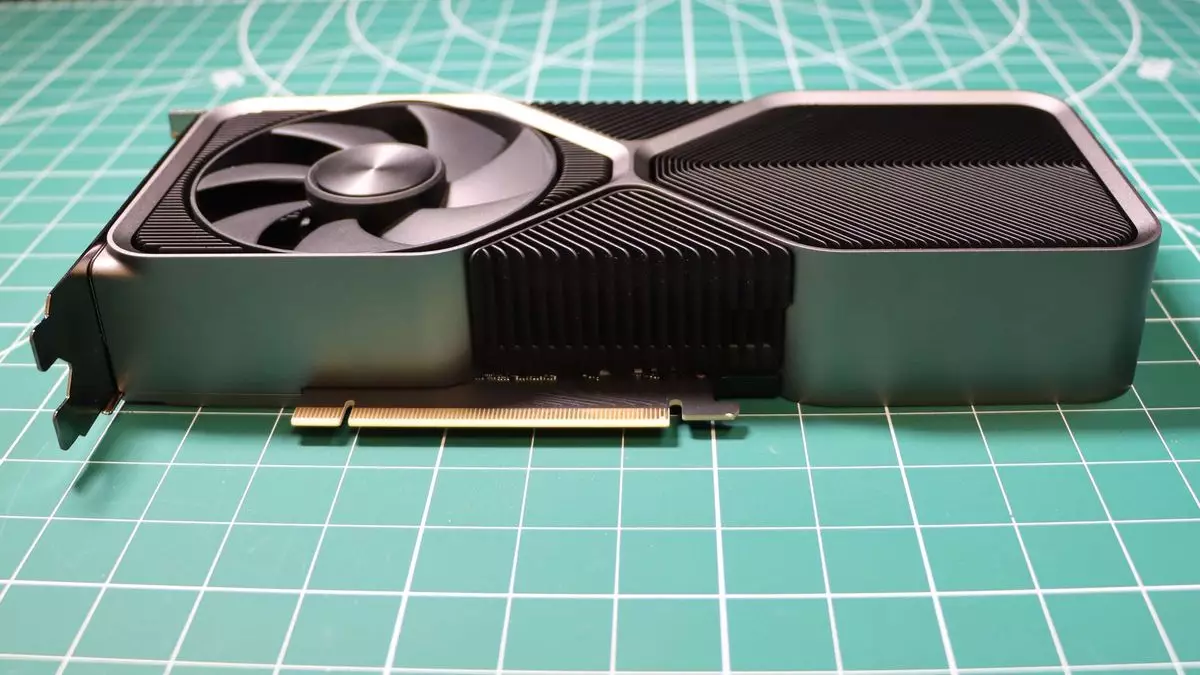As the tech world eagerly anticipates Nvidia’s latest graphics cards, analysts and enthusiasts have been scouring for any hints regarding the upcoming lineup. A recent leak from Zotac, a prominent GPU manufacturer, has provided the clearest insight thus far into the specifications and branding of Nvidia’s anticipated RTX 5090 series. Although the leak wasn’t groundbreaking, it nevertheless aligns with the ongoing speculation within the tech community, enabling us to construct a more informed picture of what’s to come in the realm of graphics processing units (GPUs).
The most significant claim from the Zotac leak is the imminent release of the RTX 5090 GPU, which is reported to carry a staggering 32GB of VRAM. This is a substantial increase from its predecessor, the RTX 4090, which had 24GB of VRAM. With support for a 512-bit bus and an unprecedented 21,760 CUDA cores, the RTX 5090 appears poised to redefine performance benchmarks for consumer graphics cards. For context, the RTX 4090 boasted 16,384 CUDA cores, highlighting the massive leap that the RTX 5090 promises. Furthermore, expectations of architectural improvements and silicon enhancements could mean that this GPU will operate at an entirely different stratum of computational capability.
Adding layers to this revelation, the leak hinted at Nvidia’s broader mid-to-upper-tier lineup, including versions like the RTX 5090 D—presumably a variant designed to meet US export restrictions towards China—the RTX 5080, RTX 5070 Ti, and the RTX 5070. Each of these cards seems set to offer modest upgrades over their predecessors, which suggests that while the flagship model is breaking new ground, other models may not stray far from existing capabilities.
For many, the RTX 5090’s specifications may invoke a sense of excitement, but it does raise questions about the expected price point. High-end performance is often accompanied by a high-end price tag, making it crucial for potential buyers to weigh the value proposition carefully. Moreover, the RTX 5080, while reportedly featuring 10,752 CUDA cores, will offer 16GB of VRAM—a small step up in terms of memory from the RTX 4080’s 16GB. Comparatively, the mid-tier contestants like the RTX 5070 Ti and 5070 plan to feature fewer CUDA cores at 8,960 and 6,400, respectively, while maintaining similar VRAM allocations to their predecessors.
This build-up of CUDA cores juxtaposed with VRAM allocations underscores not only a competition for raw power but also an attempt by Nvidia to fine-tune performance across its product tiers. Unfortunately, it seems unlikely that the lower-tier cards will offer any groundbreaking changes either, which might dishearten gamers hoping for significant enhancements in entry-level options.
The prevailing trend suggests a philosophy of incremental improvements rather than sweeping advancements throughout Nvidia’s upcoming GPU lineup. The RTX 5060, although not mentioned in the Zotac leak, may revert back to 8GB of VRAM, which raises concerns given the increasing demand for memory in modern games, particularly with the proliferation of ray tracing. Such a configuration might feel disheartening for gamers, especially in a market where more titles are optimized for higher VRAM capacities.
Despite these cautionary notes regarding the potential stagnation of mid-to-lower-tier offerings, the excitement surrounding the upcoming CES in January, where these GPUs are expected to launch, is palpable. The anticipation not only stems from consumers eager for groundbreaking gaming experiences but also from industry analysts and reviewers poised to dissect Nvidia’s latest innovations.
The leaked details from Zotac serve as a glimpse into Nvidia’s evolutionary approach to GPU development. While the RTX 5090 is shaping up to be a titan among graphics cards, there are growing anxieties regarding the accessibility and practicality of the mid to lower-tier offerings. As the tech community holds its breath for the CES revelations, only time will tell whether Nvidia will continue to lead the GPU race or whether they’ll risk letting competitors gain ground while consumers await a full embrace of advanced graphics technology.

